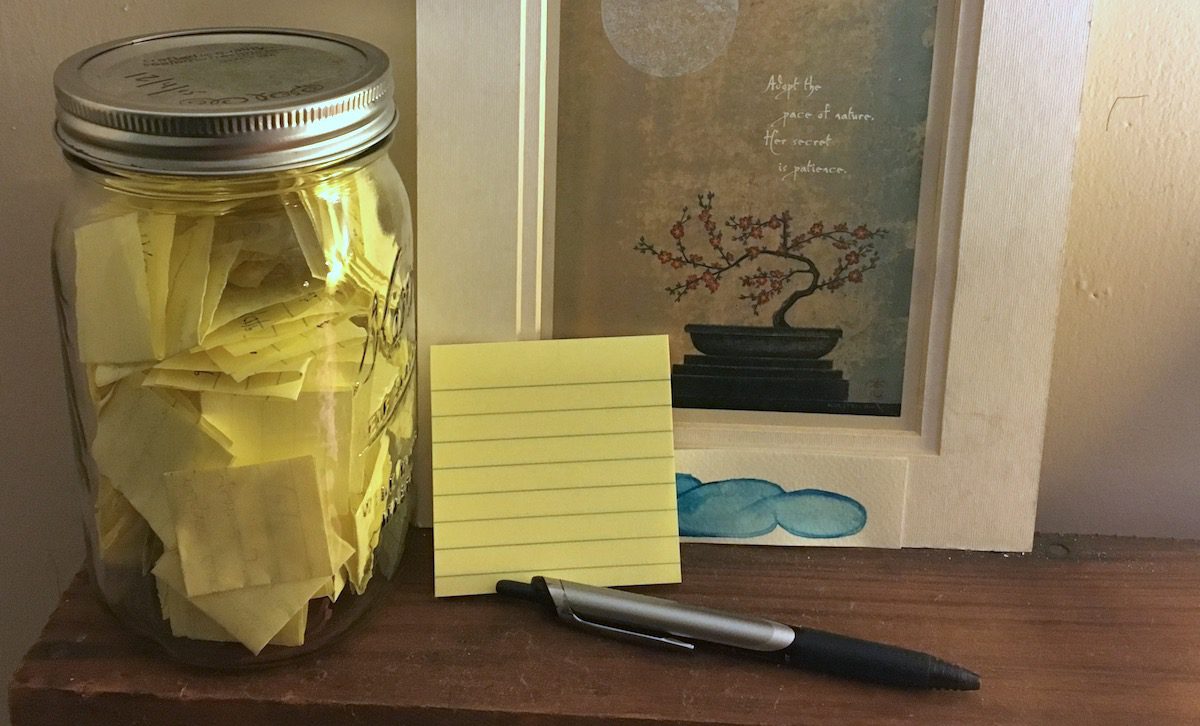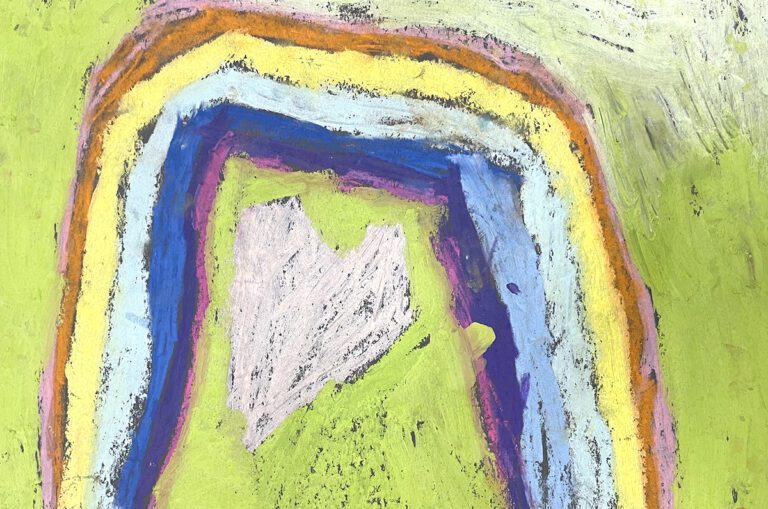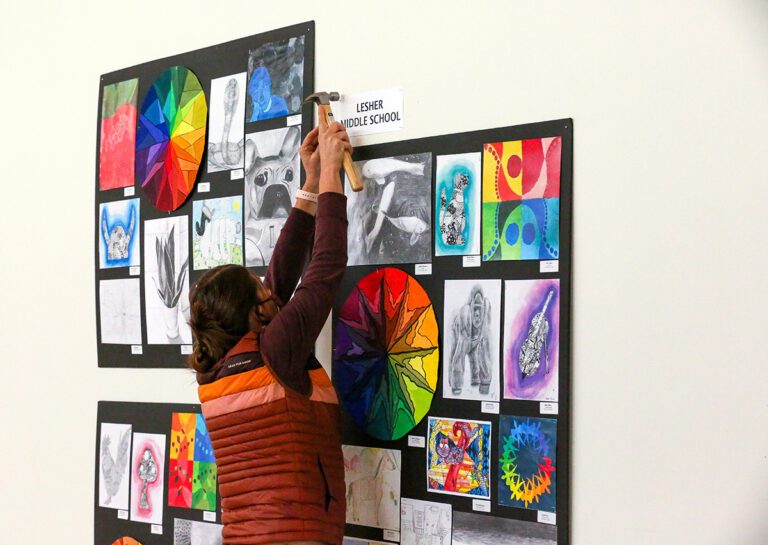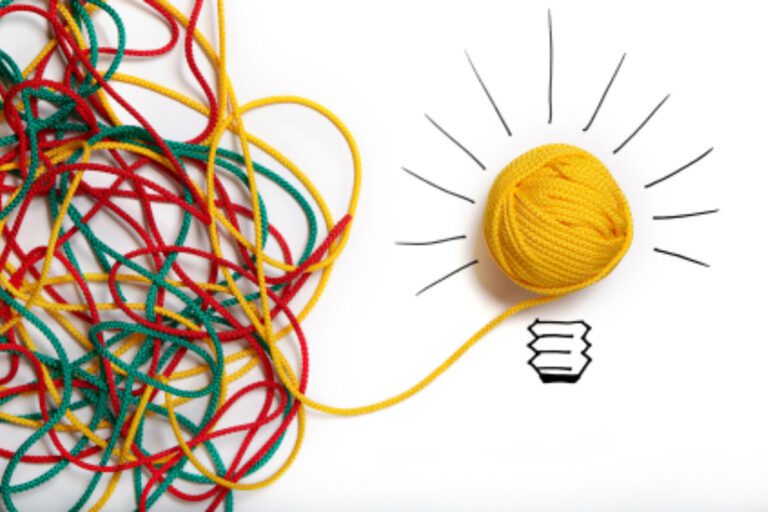Did you know during the school year, the average teacher in the U.S. spends over 1000 hours in the classroom? That is a lot of time spent in just one space. It’s no wonder teachers feel burnt out!
It made me start to wonder how much my classroom environment played a role in my teaching practice and in my students’ art class experience. My curiosity really peaked when I learned about the Reggio philosophy in AOE’s Choice-Based Art Education course. In the Reggio philosophy, the environment is viewed as a third teacher.
Could changing how my classroom looks and feels help spark my students’ learning, I wondered? What’s more, could it change how I felt about going to work each day?
If the thought of going back to your classroom is causing extra stress, or you just feel like you need a change, there are a lot of simple things you can do to switch things up!
Here are 3 Simple Ways to Fight Burnout This School Year
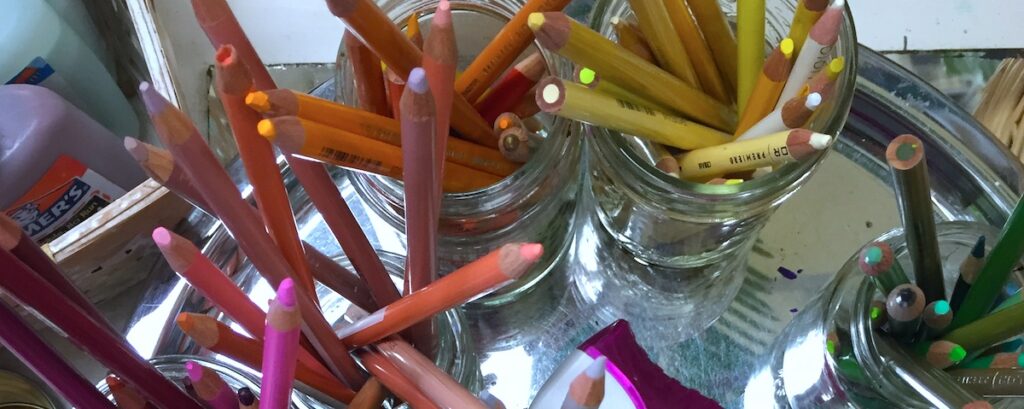
1. Bring the Outdoors In
Spending the whole day surrounded by fluorescent lights and industrial furniture can take a toll on you and your students. While setting up your classroom for this school year, take some time to think about ways you can incorporate natural elements into your classroom space and/or your lessons.
Here are three things to try:
- Add Plants
Plants can really liven up a space. If your room has enough natural light, invest in some easy-to-care-for foliage that will lift your spirits and improve your air quality. Plants also make great additions to still lifes! - Collect Other Natural Materials
Dried flowers, rocks, shells, and driftwood are a few examples of items that don’t need natural light to give your space a touch of nature. Use natural objects for creative play and building activities with younger students or incorporate them into nature-based lessons for older students. - Display some Nature Art or Photographs
Photographs and artwork showing the beauty of the natural world can transport your students outside your classroom even on the coldest winter days. When inspiration is low, sometimes even a bit of faux nature can feed your soul. Think Big! Purchase an art or nature tapestry or have your students paint one!

2. Experiment with Aromatherapy
Although they’re still being researched, many people find that using essential oils can help with focus or relax anxious minds. If this describes you, consider bringing a diffuser and your favorite scent to school to use after students leave for the day. Or, keep a little bottle of calming oil in your desk to dab on when you feel yourself getting stressed or tired as an easy pick me up.
Note: it’s important to remember schools often have fragrance policies due to allergies. Only use aromatherapy when there aren’t students present and check with your principal or nurse before using scents in your classroom.
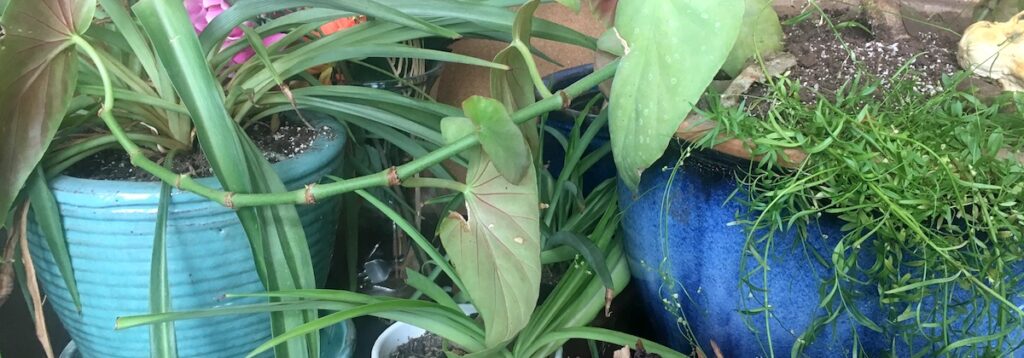
3. Cultivate an Attitude of Gratitude
According to a publication by Harvard Medical School, “Gratitude helps people feel more positive emotions, relish good experiences, improve their health, deal with adversity, and build strong relationships.” Practicing gratitude on a regular basis is a great way to cultivate a positive classroom environment.
Here are three different ways you can do just that:
1. Create a Gratitude and Successes bulletin board.
This can be as simple as marking off and designating a corner of your bulletin board. Encourage students to post learning successes, joyful moments, and moments they feel grateful in art class. You can use sticky notes or simply have them write directly on a large piece of paper.
Express to them how important it is to celebrate their successes with their art community. This requires some buy-in on the part of your students, so start by posting things you’re grateful for and encourage your students to follow suit. Soon you’ll have an overflowing wall of positive feedback to remind you and your kiddos of how great it is to be an artist at your school.
2. Keep a Gratitude Jar
This method is a little more private but it can still be shared for a positive end of class ritual. All you need is a mason jar, post-it notes, and a pen to create a space where students can anonymously leave notes about when they feel grateful or successful. At the end of class, or perhaps in a weekly school-wide email or newsletter, share some highlights from your gratitude jar.
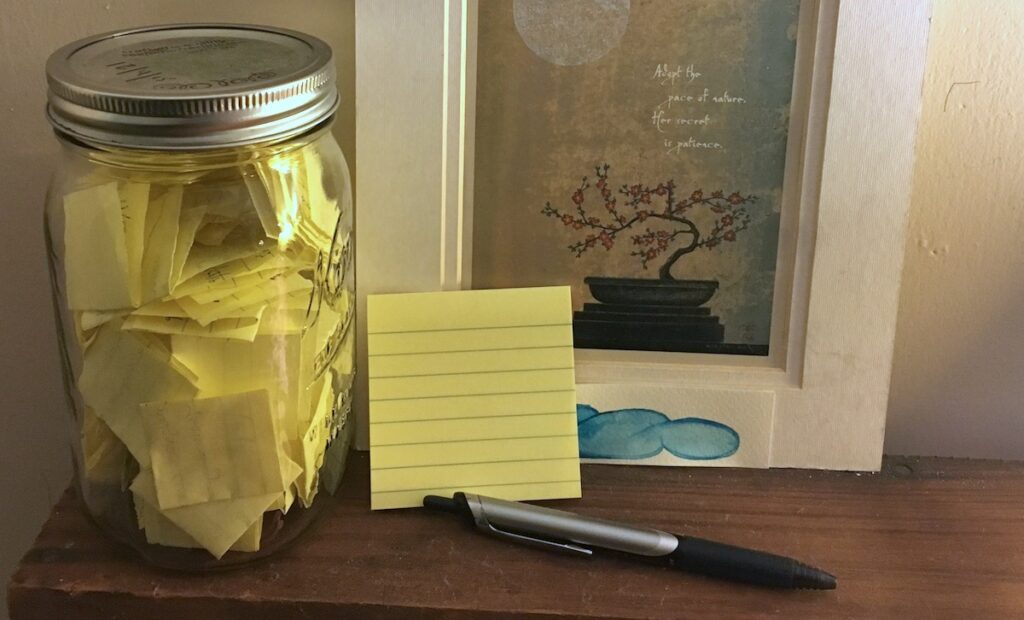
This will begin to shift your students’ mindset, and yours, from focusing on failures to more positive moments of success.
3. Express Gratitude During Sharing Time
Teaching gratitude to your students can be an important self-soothing and coping skill. With the focus on testing and assessment, we often don’t take the time to ask our students what made them feel good. Noticing how making art makes us feel is a huge part of being an artist. Expressing gratitude during sharing time helps students hone in on their feelings.
Sharing time is also a great way to express your gratitude to students for exhibiting artistic habits, perseverance, or proper care for the art room.
Taking a little time to brighten up your space makes it a happier place for you and your students. As you start to think about the year ahead, don’t forget to add some personal touches to make your classroom space feel like a place you want to spend your time.
What types of things do you keep in your room to keep yourself going?
How does your classroom space make you feel?
Magazine articles and podcasts are opinions of professional education contributors and do not necessarily represent the position of the Art of Education University (AOEU) or its academic offerings. Contributors use terms in the way they are most often talked about in the scope of their educational experiences.
